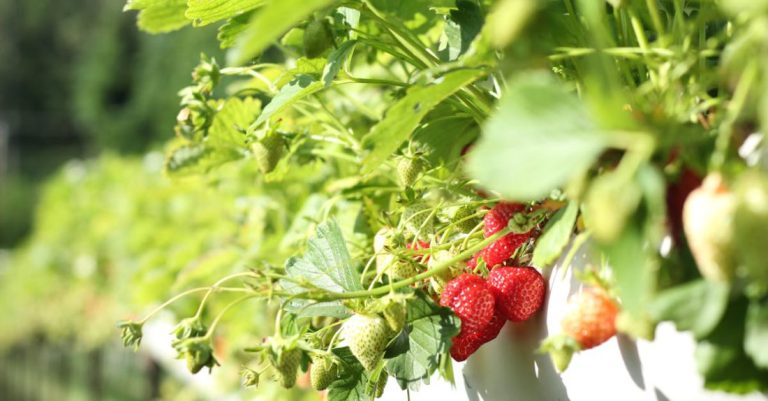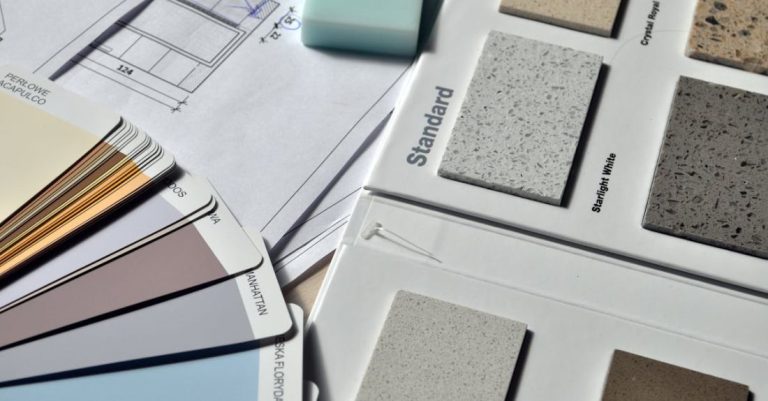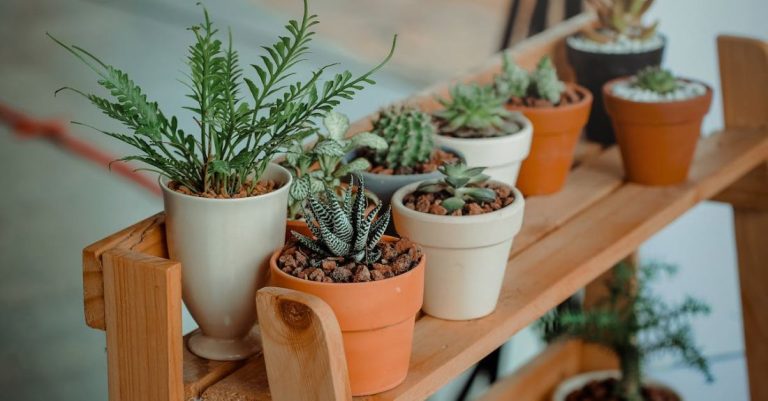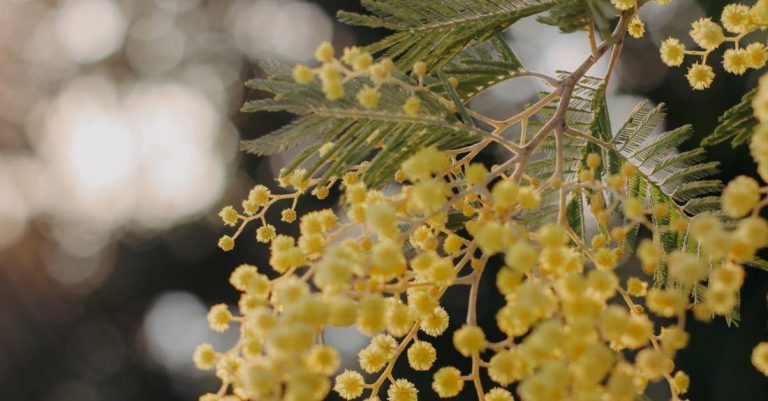
Creating a garden that attracts and supports pollinators is not only beneficial for the environment but also adds beauty and vibrancy to your outdoor space. Pollinators such as bees, butterflies, and hummingbirds play a crucial role in the ecosystem by facilitating the reproduction of plants. By designing a garden that caters to these important creatures, you can help sustain their populations and enjoy a thriving and diverse garden. Here are some tips on how to design a garden for pollinators:
Selecting the Right Plants
Choosing the right plants is essential when designing a garden for pollinators. Opt for a variety of flowering plants that bloom at different times throughout the year to provide a continuous food source for pollinators. Native plants are particularly attractive to native pollinators as they have co-evolved and adapted to each other’s needs. Research which plants are native to your region and incorporate them into your garden to create a pollinator-friendly habitat.
Consider the Shape and Color of Flowers
Different pollinators are attracted to different types of flowers based on their shape and color. Bees are drawn to flowers with tubular shapes that allow them to access the nectar and pollen easily. Butterflies, on the other hand, are attracted to brightly colored flowers, especially those in shades of red, orange, and purple. By planting a diverse range of flowers with varying shapes and colors, you can cater to a wide array of pollinators and create a visually appealing garden.
Provide Shelter and Nesting Sites
In addition to food sources, pollinators also need shelter and nesting sites to thrive in your garden. Create habitat features such as brush piles, rock walls, and hollow plant stems to provide shelter for pollinators to rest and seek refuge. Some pollinators, like bees, require specific nesting sites such as bee hotels or underground burrows. By incorporating these features into your garden, you can create a welcoming environment for pollinators to live and reproduce.
Avoid Pesticides
Pesticides can be harmful to pollinators and other beneficial insects in your garden. Instead of using chemical pesticides, opt for natural and organic pest control methods to manage pests in your garden. Introduce beneficial insects such as ladybugs and lacewings that feed on garden pests or use companion planting to deter pests naturally. By avoiding pesticides, you can create a safe and healthy environment for pollinators to thrive.
Provide a Water Source
Pollinators need access to water for drinking and cooling, especially during hot weather. Create a shallow water source such as a birdbath or a small pond with rocks or floating plants for pollinators to land on safely. Be sure to keep the water source clean and fresh to prevent the breeding of mosquitoes. Providing a water source in your garden will attract a variety of pollinators and enhance the biodiversity of your garden.
Maintain Your Garden
Regular maintenance is key to ensuring that your garden remains attractive to pollinators. Deadhead spent flowers to promote continuous blooming and remove weeds that compete with pollinator-friendly plants for resources. Monitor your garden for signs of pests and diseases and take prompt action to address any issues. By staying on top of garden maintenance, you can create a healthy and thriving environment for pollinators to enjoy.
In conclusion, designing a garden for pollinators is a rewarding and environmentally beneficial endeavor. By selecting the right plants, considering flower shapes and colors, providing shelter and nesting sites, avoiding pesticides, offering a water source, and maintaining your garden, you can create a pollinator-friendly habitat that will attract a diverse array of beneficial insects. Embrace the beauty of nature and contribute to the conservation of pollinators by incorporating these tips into your garden design.





